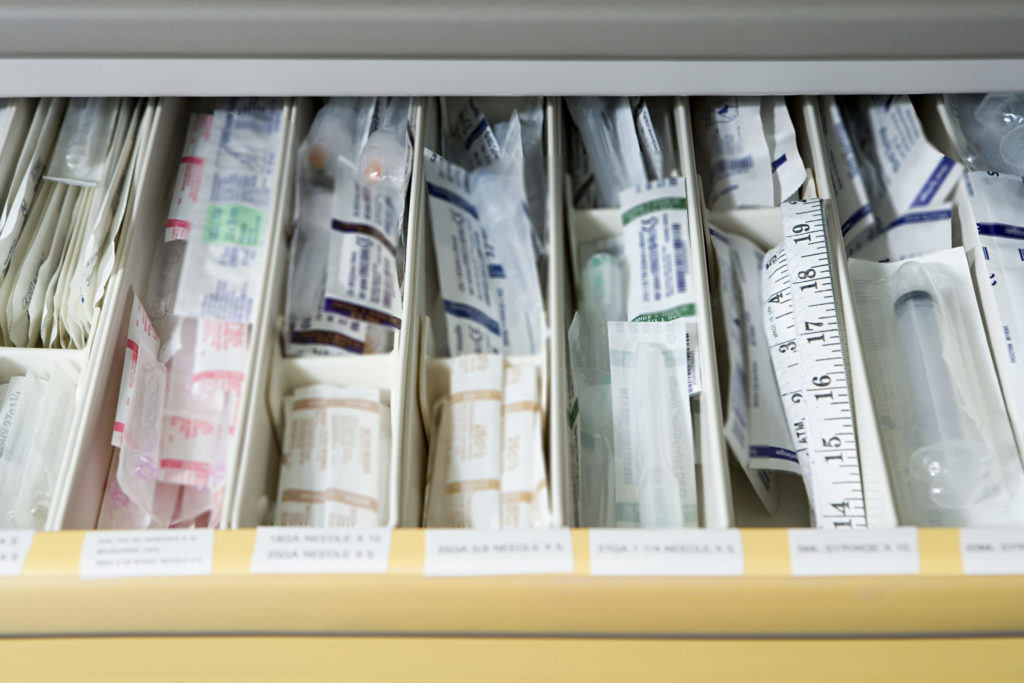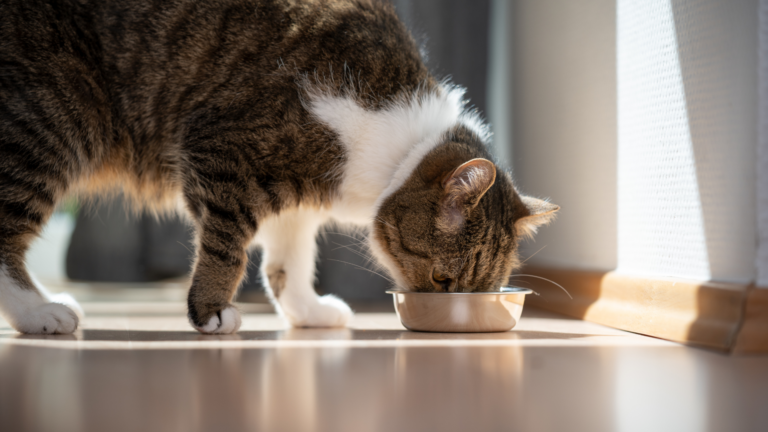At NextBeam, we are deeply experienced with medical devices and transferring them from other sterilization technologies.
What is TIR 104?
AAMI TIR 104 provides guidance on how to transfer medical devices between gamma, electron beam (E-beam), and X-ray sterilization. Guidance includes what criteria need to be assessed or tested based on the product materials and the type of transfer (e.g. gamma to/from e-beam to/from to x-ray).
Who Does TIR 104 Apply To?
Any organization looking to transfer medical devices from one radiation source to another (gamma, E-beam, X-ray) or from one site to another (E-beam to E-beam).
Why is TIR 104 Important For The Sterilization Industry?
In recent years gamma sterilization has become increasingly expensive and difficult to source due to supply shortages in the radioactive material (Cobalt-60) that gamma requires. Device manufacturers have been seeking ways to reduce risk in sterilization supply for current and future needs, but lacked a clear set of instructions for how to perform transfers between radiation technologies.
How Does TIR 104 Work?
With TIR 104, industry experts have published a decision tree to help medical devices transfer between radiation sources, with additional guidance and information to support any required decisions and assessments. For compatible products, TIR 104 guides medical device companies in the decisions, testing, and documentation needed to transfer products between radiation sources.
How Will TIR 104 Change Things?
Rather than completely restarting a sterilization validation, device manufacturers now have a concrete path to qualify their products with less uncertainty in a new radiation source, lowering the barrier to more favorable sterilization options.
At NextBeam, we frequently help medical device manufacturers seeking to re-qualify their products in E-Beam. For many products, E-Beam processing can offer increased speed, favorable pricing, and rock-solid reliability. With gamma pricing increases pushing medical device manufacturers to find more cost effective options, E-Beam is the fastest growing radiation modality today. We’re happy to help provide guidance and qualification services for those looking to leverage the benefits of TIR 104.
How Do You Determine If a Sterile Product Is a Good Candidate for a TIR 104 Transfer from Gamma to E-Beam Sterilization?
Please see our separate blog post for more details about Gamma-to-E-Beam transfers. TIR 104 itself contains more details, but in general the following will need to be evaluated:
Can the product be irradiated at the required min/max dose range at the candidate facility?
- How were minimum and maximum dose ranges originally established?
- Is there any flexibility on shipper-level packaging?
What tests need to be done?
- Dose mapping?
- Microbiology testing?
- Materials / packaging testing?
- Description of product and packaging materials and configuration
- Description of current and future irradiator
- Assess if microbicidal efficacy is affected (usually no for most products)
- Assess if product and packaging are affected by different dose rate (usually no for most products)
- Description of which doses are being transferred (sterilization dose, max dose, verification dose)
Additional Articles We Think You Might Like
Have a question? Speak with a sterilization expert today, at your own convenience.






